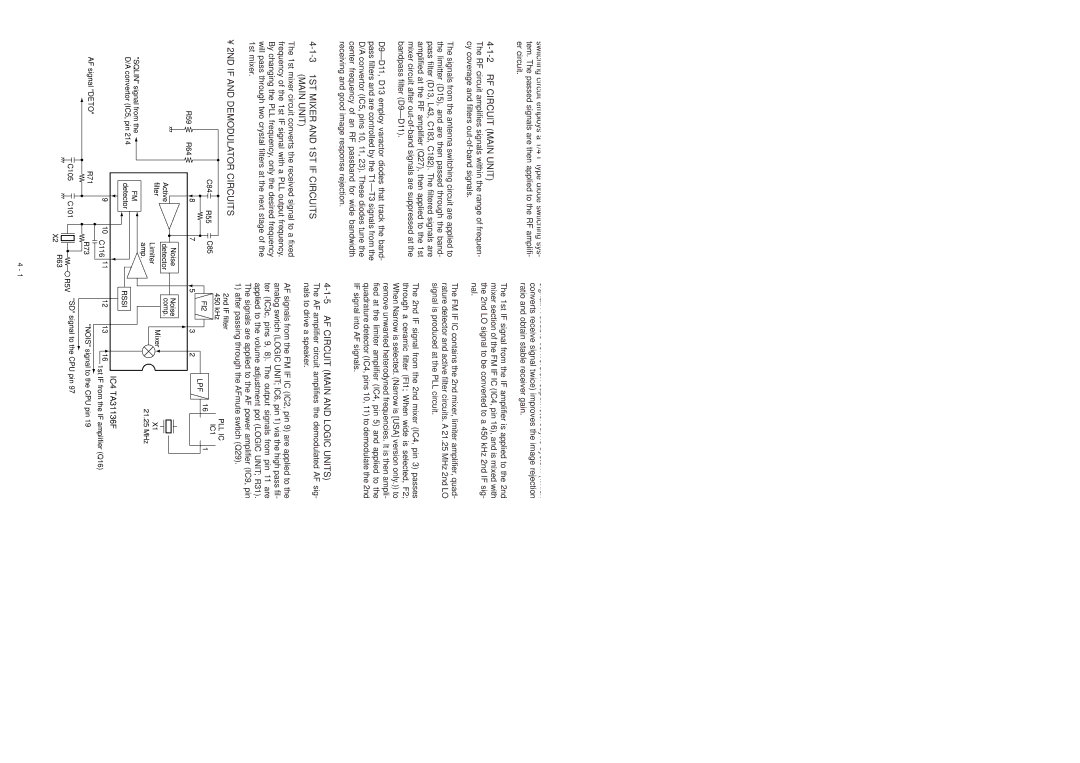IC-V8000 specifications
The Icom IC-V8000 is a powerful mobile transceiver that has made a mark among amateur radio enthusiasts due to its impressive features and robust performance. It operates on the VHF band and boasts a broad frequency range, making it ideal for both local and long-distance communication. The Icom IC-V8000 is perfect for those who need a reliable and versatile radio for various applications, from mobile use in vehicles to stationary use in remote locations.One of the standout features of the IC-V8000 is its high power output capability, offering up to 75 watts of transmit power. This allows users to achieve extended range communication without the need for additional amplifiers. The transceiver also has a dual band capability, allowing it to receive on VHF and UHF frequencies, which expands its functionality and usefulness in different communication scenarios.
The radio includes advanced digital signal processing (DSP) technology that enhances audio clarity by minimizing background noise and improving overall sound quality. This is particularly useful during crowded band conditions or when communicating with stations at the edge of range. The IC-V8000 is also equipped with a wide variety of scanning features, including memory channel scanning and priority scanning, which enable users to keep track of multiple frequencies simultaneously.
The IC-V8000 features a large, easy-to-read LCD display that provides vital information at a glance. The display is backlit, making it easy to read in low-light conditions. The user interface is intuitive and user-friendly, allowing quick access to essential controls and functions. The transceiver supports a range of accessories, including external microphones and speaker systems, which can enhance the overall communication experience.
Another notable characteristic of the Icom IC-V8000 is its rugged construction. Built with durability in mind, the radio can withstand the rigors of mobile use, making it suitable for various environments. Additionally, it has a built-in thermal protection system to prevent overheating during extended use.
In conclusion, the Icom IC-V8000 is an exceptional VHF mobile transceiver that combines high power output, advanced technology, and user-friendly features. Whether for everyday communication, emergency services, or casual hobby use, the IC-V8000 stands out as a versatile and dependable choice in the world of amateur radio. Its robust performance and comprehensive feature set make it a favorite among avid radio operators.

